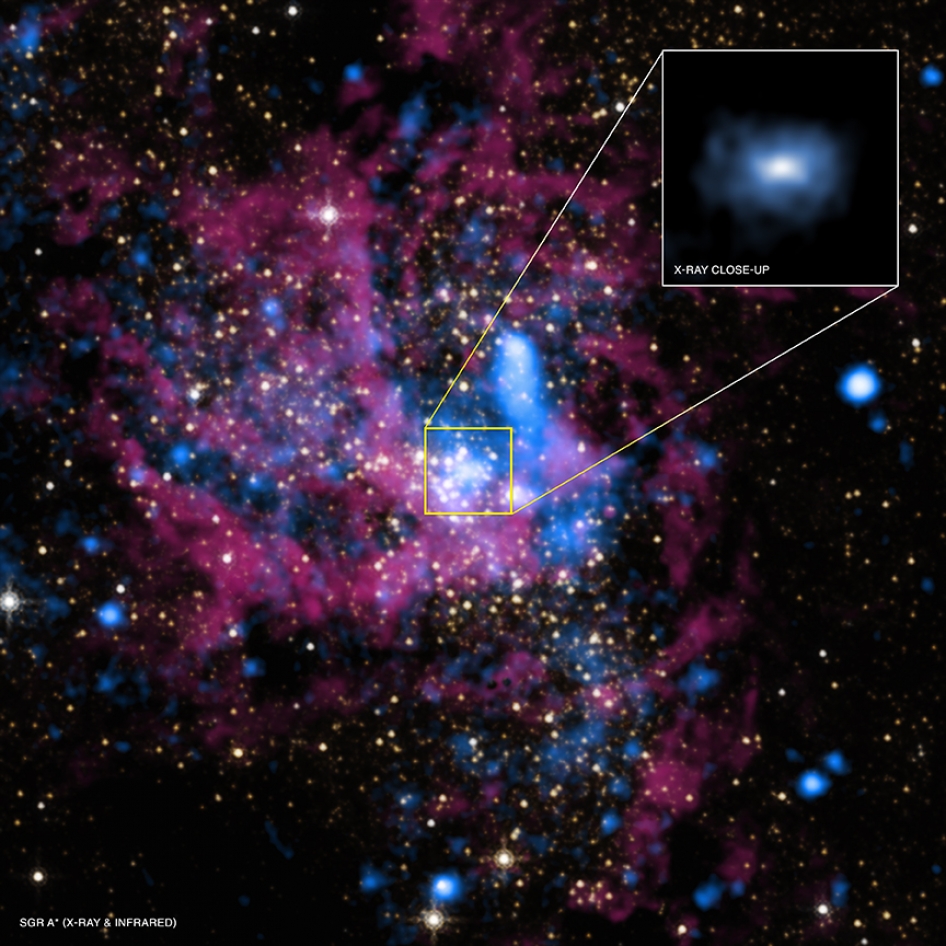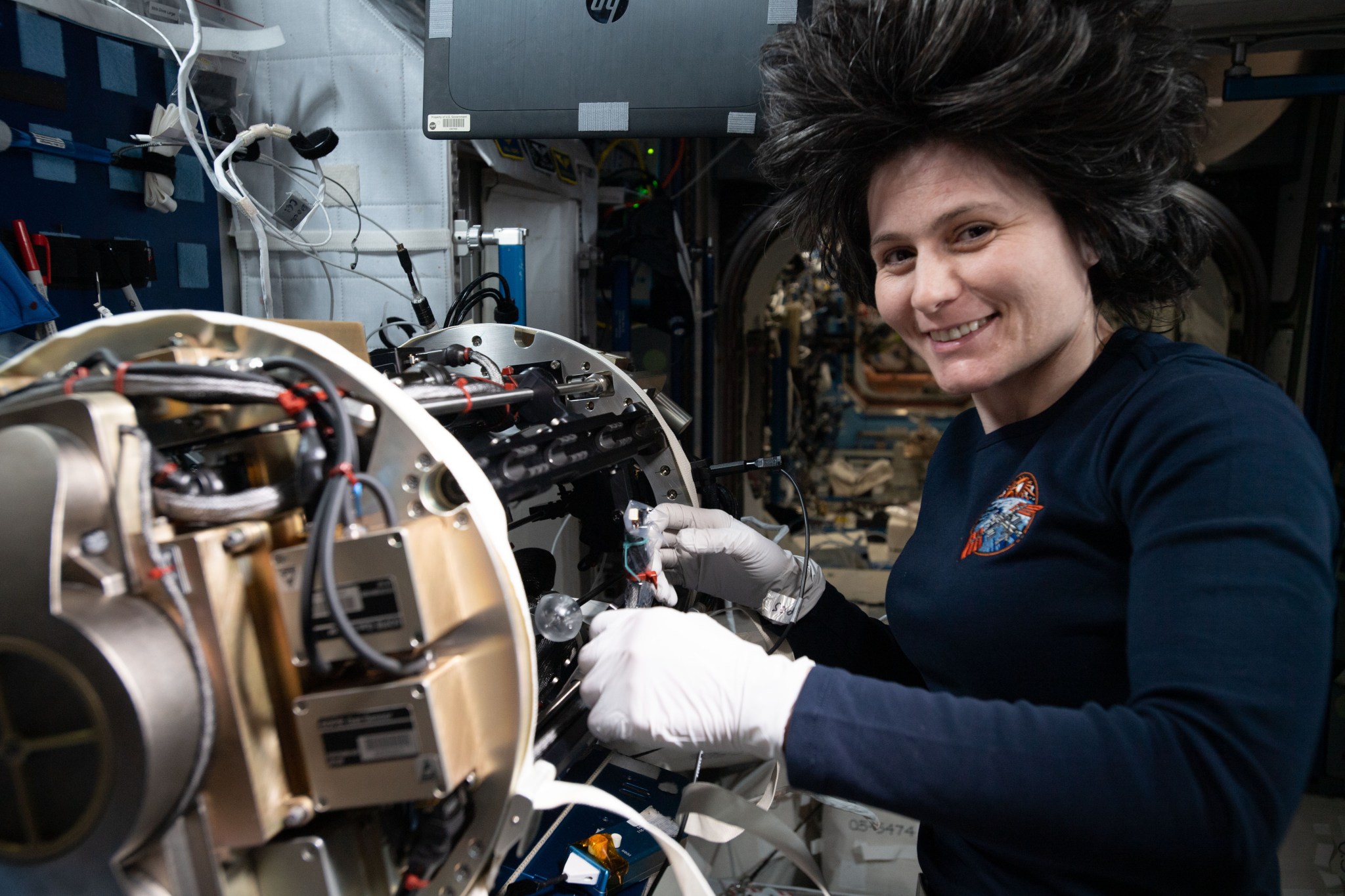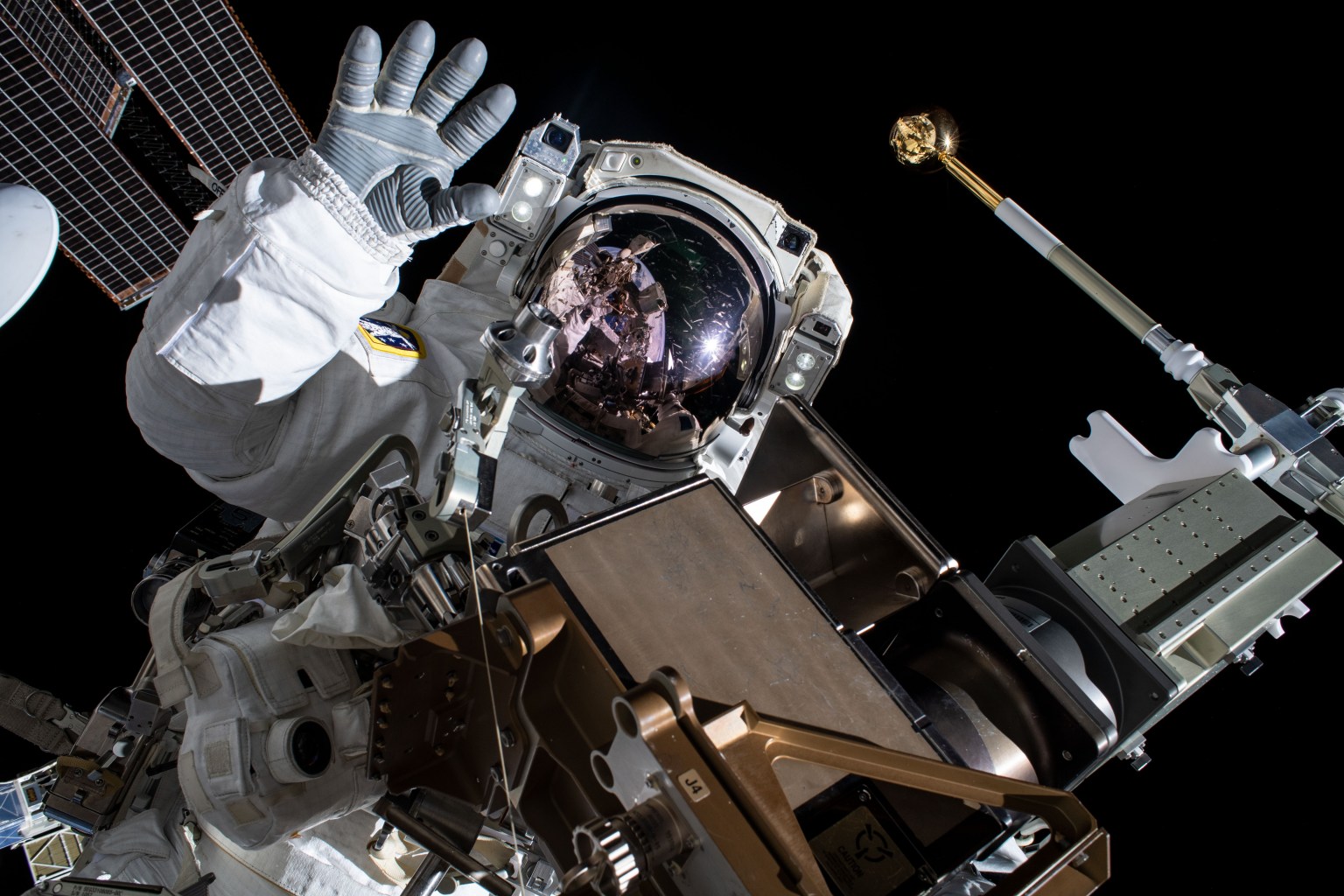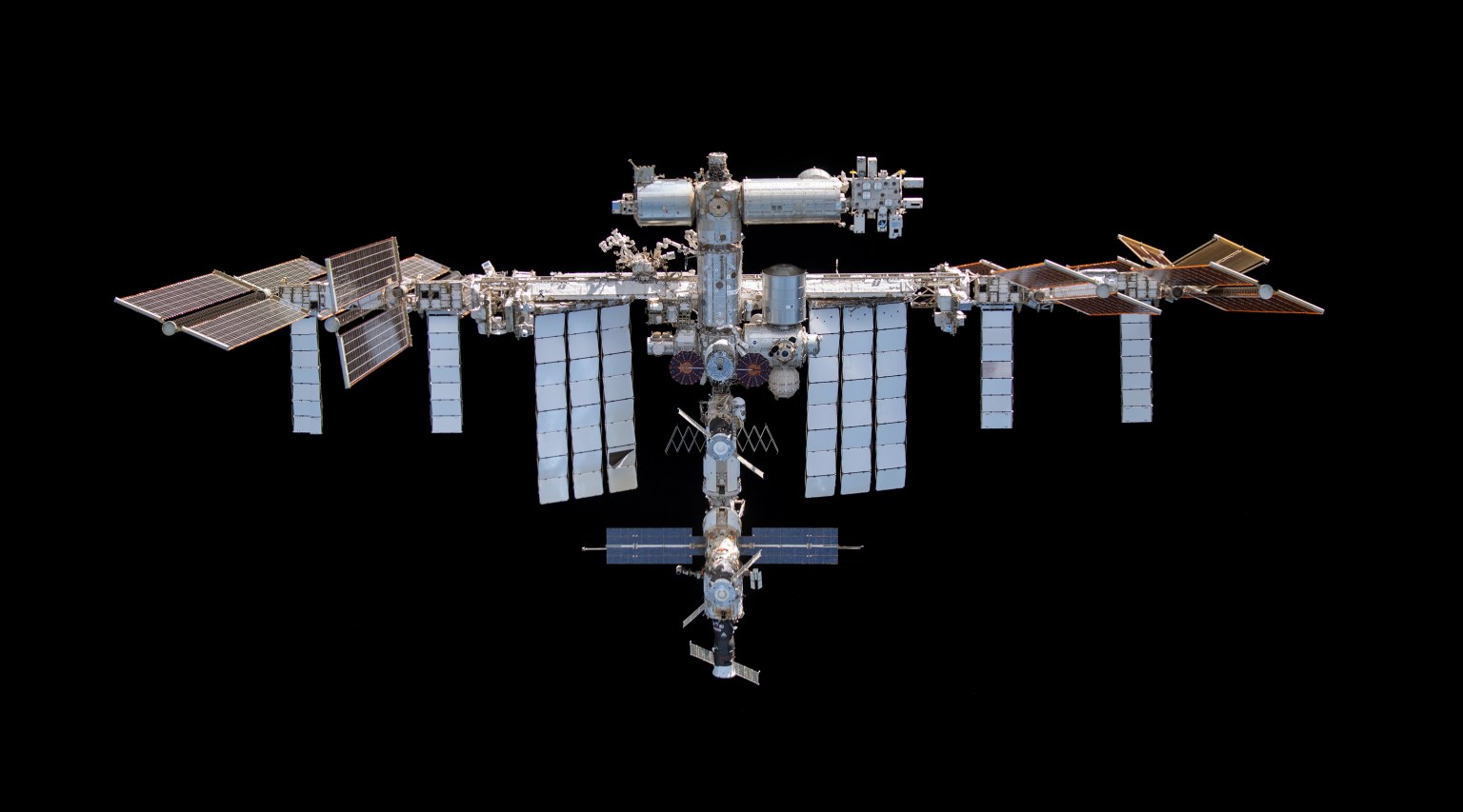Safe, breathable air is essential for crew health. Human spaceflight has involved toxicological events ranging in severity from trivial to life-threatening. Toxic exposure to chemical contaminants can originate from environmental system leaks, payload leaks, pyrolysis of polymeric materials, off-gassing of polymeric materials, use of utility compounds, propellant entry, microbial products, and human metabolism.
To ensure crew safety, these risks are mitigated by preventive measures aimed at reducing or eliminating toxic exposure events as well as by monitoring and intervention post-release to minimize impacts to crew and reduce impacts to crew health and performance as well as long-term health consequences.
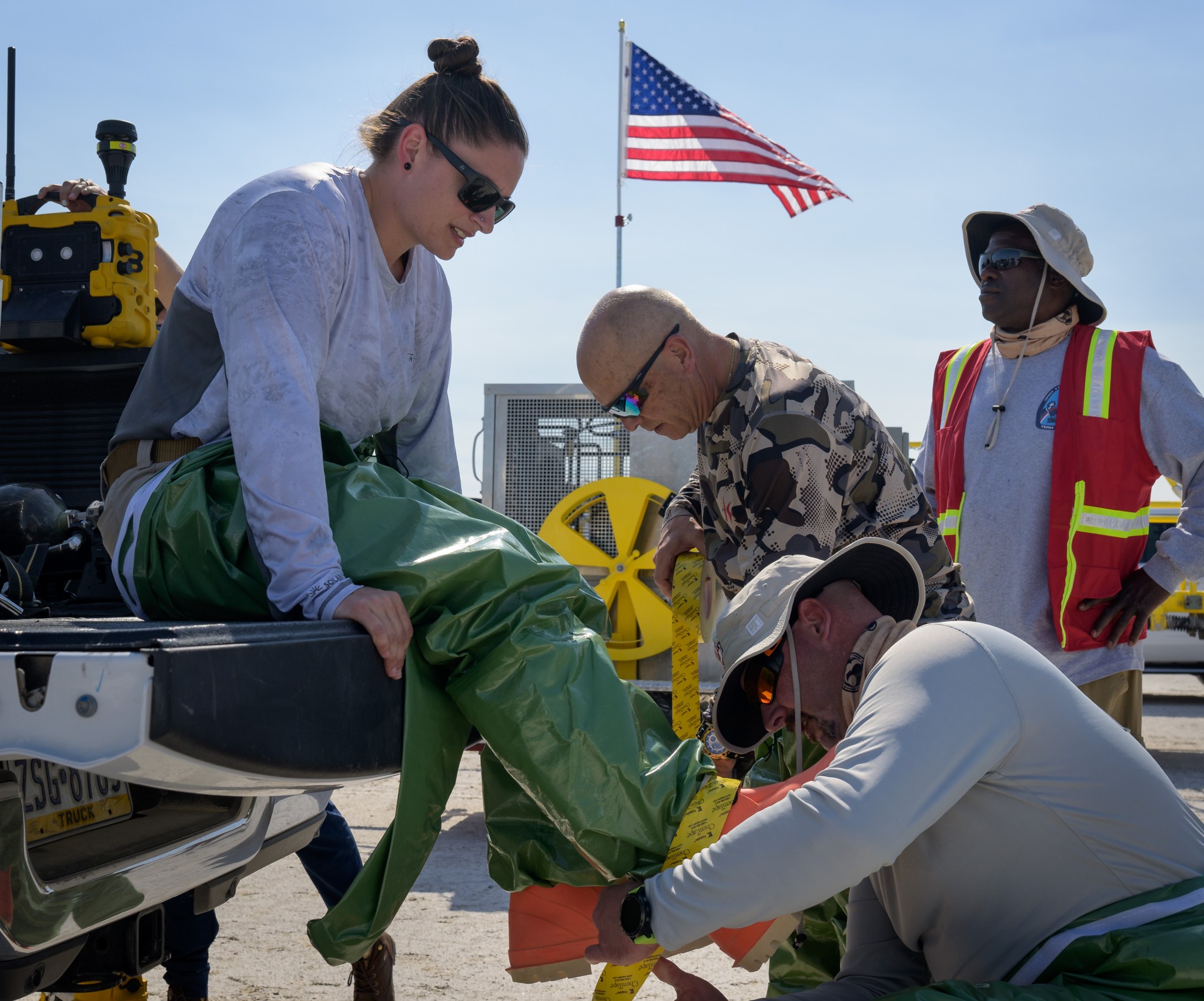
Directed Acyclic Graph Files
+ DAG File Information (HSRB Home Page)


















